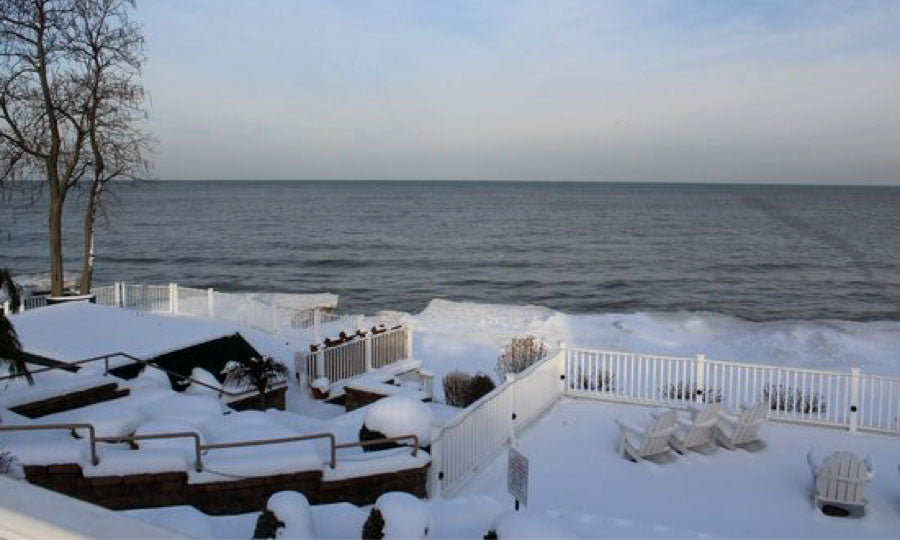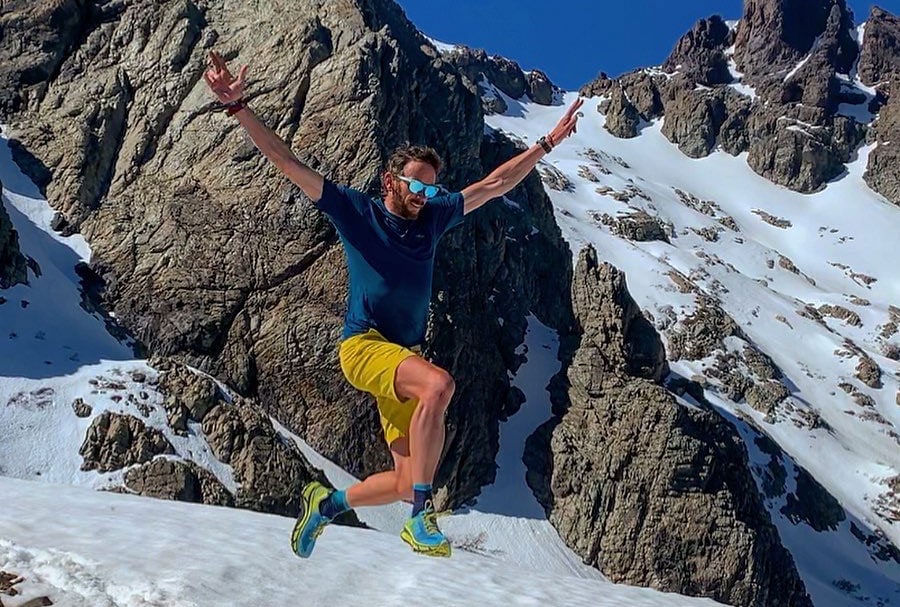An outdoor enthusiast doesn’t let a little cold weather stop them from exploring! So why not take advantage of all North America has to offer in the way of winter exploration and travel? Here are a few of our favorite places to visit in the winter and tips for maximum enjoyment while you’re there!
Breckenridge, Colorado

From mountain biking to skiing and film festivals, Breckenridge has become one of the most popular winter destinations in the United States. It surrounds an old Victorian-era mining town and has 187 ski trails that zig-zag across more than 3,000 acres of terrain! If you’re not skiing, you can check out the International Snow Sculpture Championship or head to the Quandary Peak for a hike. You’ll need to pack lots of layers when visiting Breckenridge in the winter as even temperatures during the day hardly ever reach above the freezing mark.
Lake Erie

Lake Erie, the fourth-largest lake of the five Great Lakes in North America, is situated on the International Boundary between Canada and the United States. Here you can bike, tour lighthouses, and try your hand at ice fishing. In the winter when the lake freezes, it is even possible to build bonfires on the ice. Since Lake Erie can produce lake-effect snow, it is important to always plan ahead and check weather and lake conditions frequently before any Lake Erie ventures!
Yellowstone National Park, Wyoming

Yellowstone National Park is the perfect escape during the winter. Because most roads are closed to regular traffic, most areas are only accessible via “oversnow” modes. Which means you’ll be traveling on snowmobiles, snowcoach tours, or cross-country skis. What makes Yellowstone different than other parks where you can snowmobile? Here you’ll get an up-close opportunity to see wildlife while still having access to warming huts, restaurants, and restrooms throughout the park.
Ouray Ice Park in Ouray, Colorado

Looking for something to do besides skiing in the winter? Try ice climbing! With the utilization of water overflow from the City of Ouray (and more than 250 sprinklers) ice farmers have created the Ouray Ice Park in Colorado. Within a one-mile span of the Uncompahgre Gorge, the ice park contains 100 manmade ice and mixed climbs with 11 climbing areas and three miles of vertical terrain. Adventure-seekers will “climb” at the chance to explore and the park is free to the public.
Asheville, North Carolina

You may not expect to see Asheville on a list like this but this destination is ideal for those who love to explore mountains without heavy snowfall. You can hike the Blue Ride Mountains or stay in your car and drive along the Blue Ridge Parkway then head into downtown Asheville and enjoy crafts, live music and more. This scenic little town offers low-maintenance adventure and plenty of opportunities for exploration.
Travel Tips
While fun, traveling and winter exploring is very serious business. If not properly prepared you are at risk of many dangers and challenges when you face the cold. Remember these tips on your next winter outdoor adventure.
- Stay hydrated.
While you may not feel as thirsty like you would on a hot summer day, proper hydration is crucial during winter hikes, camping, and fishing. Sip water regularly through the day and when you can, enjoy hot drinks like herbal tea or hot soup. These are good ways to warm up and rehydrate.
- Layer up.
Heavy coats/parkas, rain jackets, and thermals are vital to staying warm on cold days. Having a base, middle, and outer layer can make the difference between feeling frozen and feeling comfortable in cold temps.
- Bring protective accessories.
- Gloves: It’s always wise to bring an extra pair of gloves with you if you are exploring in the cold. Fleece gloves or insulated gloves will keep your fingers safe and warm from frostbite and allow for dexterity.
- Sunglasses: Protecting your eyes from the harsh winds and UV rays in the winter is also crucial for staying protected from the elements. Sunglasses are lightweight and easy to carry with you and will help prevent dry eyes, blinding glares, and headaches from pupil constriction. Learn more about winterizing your eyes here.
- Socks: Avoid cotton socks that you wear every day and wear wool socks instead. Determine the appropriate thickness based on pre-determining what shoes or boots you are taking with you.
- Keep up with weather conditions.
Whether you want to ski or ice fish, it’s important to know what the weather may be like when traveling in the winter months. Plan ahead and check weather reports frequently before embarking on any adventures and avoid exploring or traveling alone when possible.
- Warm electronics and use new batteries.
If you’re out with electronics remember to fully charge them before heading out and, if possible, buy new batteries for them. (Note that Lithium batteries perform well in cold weather). Because cold weather can drain battery power, when not in use, keep them in your sleeping bag or a jacket pocket that is close to your body.
Whether your next trip is skiing the slopes in Breckenridge or hiking in Asheville, being prepared will mean you will be safe and have fun when exploring North America during the winter!





